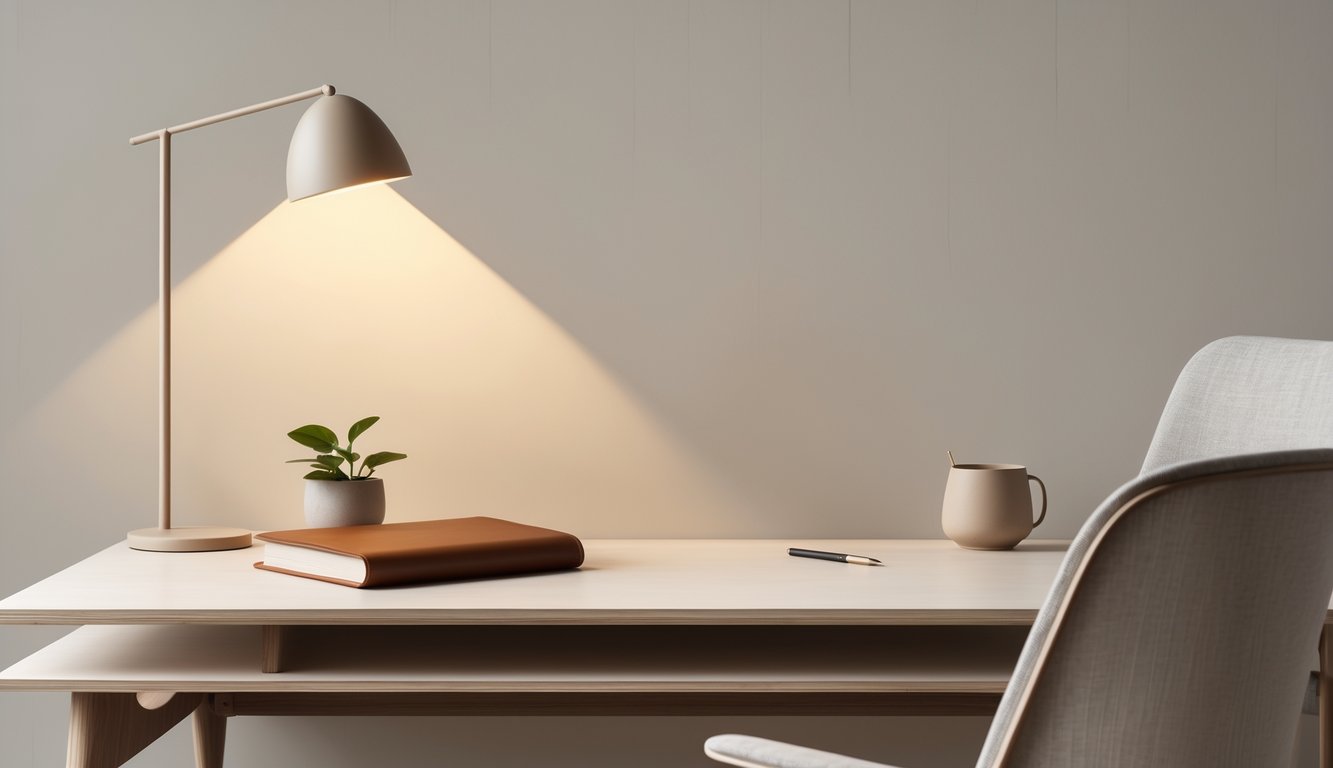
Sustainability in Fashion
Real talk: I used to get excited about upcycling, then watched “eco-friendly” plastic shoes fall apart in a month. So, yeah, sustainability means things that last. Good quality isn’t just nice for your closet, it’s a must for anyone who cares about the planet.
The best insiders chase pieces that survive, not just trends—if I can’t picture wearing it in five years, I skip it. Sustainable fashion is all about brands playing with new materials: organic cotton that doesn’t warp, recycled wool that feels amazing. Even the most obsessed collectors I know ask about supply chains now. One designer told me her team spends as much time on dye research as on fit. Wild, right?
Bottom line: brands betting on real quality and modern ethics are making smarter wardrobes, not just greener ones. That said, I still have no clue how to recycle my old nylon windbreaker, so maybe don’t ask me for advice.
The Power of Minimalism and Timeless Design

Why does my neighbor’s living room look better than mine, even though it never changes? There’s something going on with those bare surfaces. It’s all about details you’d never notice unless someone points them out. Quiet luxury sticks around—unlike those velvet pumpkins I bought for fall, which are now haunting my storage closet.
Minimalist Aesthetic and Clean Lines
I’m staring at my couch’s sad, squishy arms, and it hits me: every insider I know is obsessed with clean lines. Forget frills, ditch the drama—the best homes right now are suspiciously calm. Why? It’s not just for looks. Designers at Olsen Kundig say, “Simplicity lets quality materials do the talking.”
It’s like a challenge: “Find one flaw, I dare you.” These spaces either make my IKEA bookshelf look tragic or convince me to splurge on something actually timeless. Understated furnishings—solid wood, marble, real upholstery—nothing here will look stupid next year. Even RedesignDaily’s experts say dependable quality matters more than ever, not for snob points, but because you stop replacing cracked furniture every five years.
Of course, sometimes minimalism just looks… empty? Still, a single well-chosen piece—clean, crisp, quietly expensive—does more for a room than a pile of try-hard accent tables. Someone always asks, “Where’s all your stuff?” But isn’t that kind of the point?
Neutral Color Palettes and Patterns
Okay, so, paint swatch roulette. I once went all-in on a bright yellow—instant regret. Minimalist “luxury” gets way more mileage out of neutrals, and honestly, I see why. They’re forgiving, which is a relief if you’re not dying to play “trend color” roulette every year. I don’t know, maybe you love teal cabinets or lime upholstery, but unless you want to repaint every other season, muted tones (taupe, off-white, sand, those gentle grays that look like they might be beige but you’re not sure) just make life easier. Layering looks intentional instead of like you got dressed in the dark.
I’ve definitely wondered if “neutral” is just a nice way of saying “couldn’t commit,” but designers keep insisting there’s something timeless about it. Is it boring? I don’t think so. The best rooms always sneak in some texture or pattern—a herringbone throw here, some linen curtains, basketweave carpet—so it doesn’t start feeling like a rental apartment. Quiet, not depressing. And none of that “look at me!” wallpaper energy.
Sometimes I get annoyed that minimalism can feel, I don’t know, sterile? But then even the smallest little pattern or shadow somehow makes a space feel less like an empty box and more like, well, home. Neutrals don’t age out. I mean, is “no color” even a color? Whatever, it still says something.
Style Insiders’ Favorite Quiet Luxury Labels
Look, I’m not convinced $800 loafers are a sound investment, but whatever, some brands just have that low-key flex. You know the ones—no logos, just fabric and cut. I keep ditching the hype stuff for these and, weirdly, don’t miss the drama.
The Row
Here’s what gets me about The Row: I can never decide if that Hanorak is for hiking or just walking to overpriced coffee shops. Stylists go nuts for their suiting and those big, slouchy trousers. No monograms, no weird details—sometimes there’s just one hidden button, and that’s the showstopper. Feels like they’re actively ignoring trends and just geeking out on textiles. Their leather totes? Silent. Italian cashmere? Doesn’t pill. (Why can’t everyone else figure this out?) Town & Country basically calls them the poster child for quiet luxury, and for once, I agree. Every piece I’ve owned from The Row outlived every “it” item I bought on impulse. It’s like wearing something your grandma might hand down, but in a good way—no one notices, but you know.
Jil Sander
Jil Sander’s name sounds sharp, but the clothes? Suspiciously soft. I put on one of their wool overshirts over, like, three layers at a Milan trunk show (don’t ask about the ticket price). They’re obsessed with minimalism and technical fabrics—I once heard a stylist whisper, “Jil always nails the blend.” People swear their coats and knit polos do this magic trick: never wrinkled, always look expensive, but not in a showy way. Chic Style Collective says Jil Sander is pure old money vibes—you don’t need a villa in Tuscany, apparently. Their palettes just float from beige to icy grey, and I honestly can’t tell which season is which. Maybe branding’s dead, or maybe time is fake.



